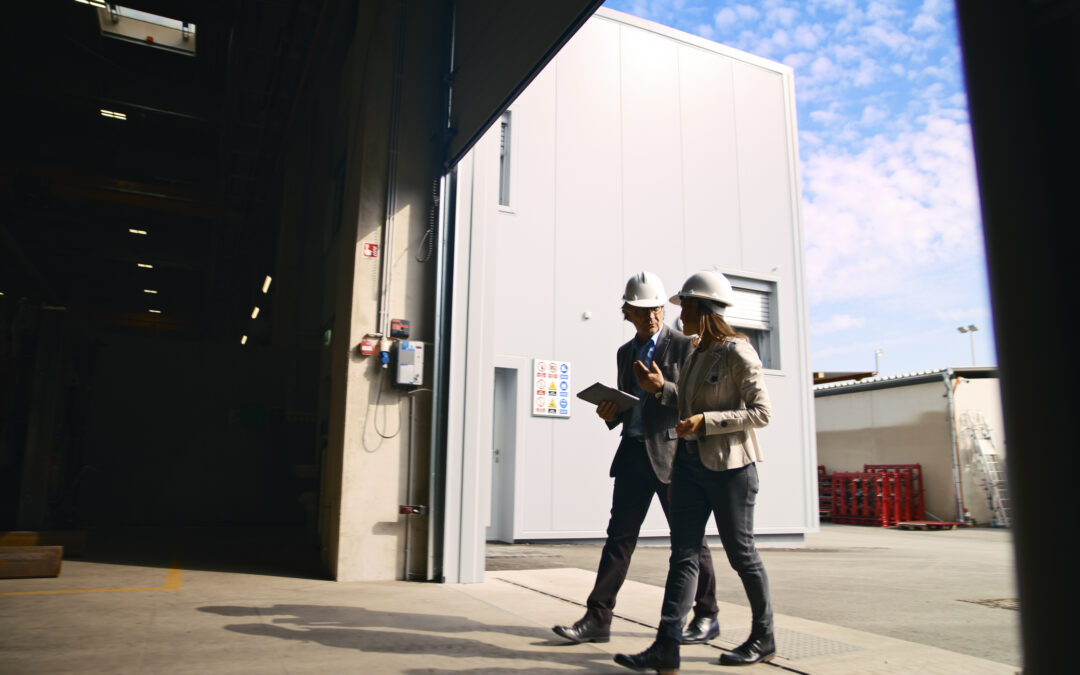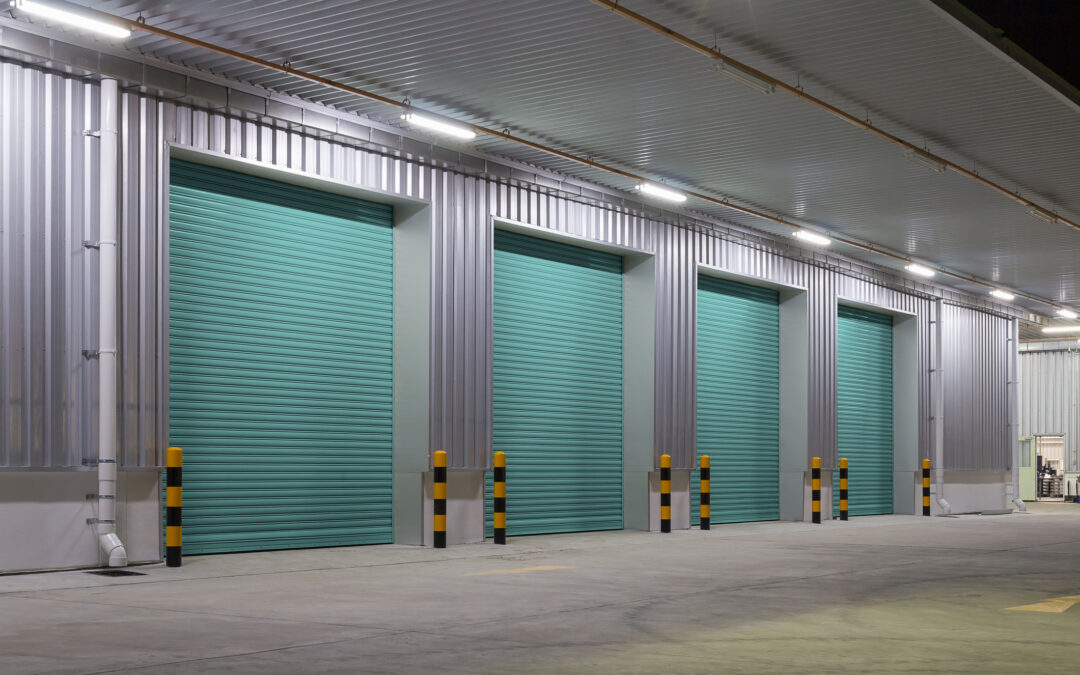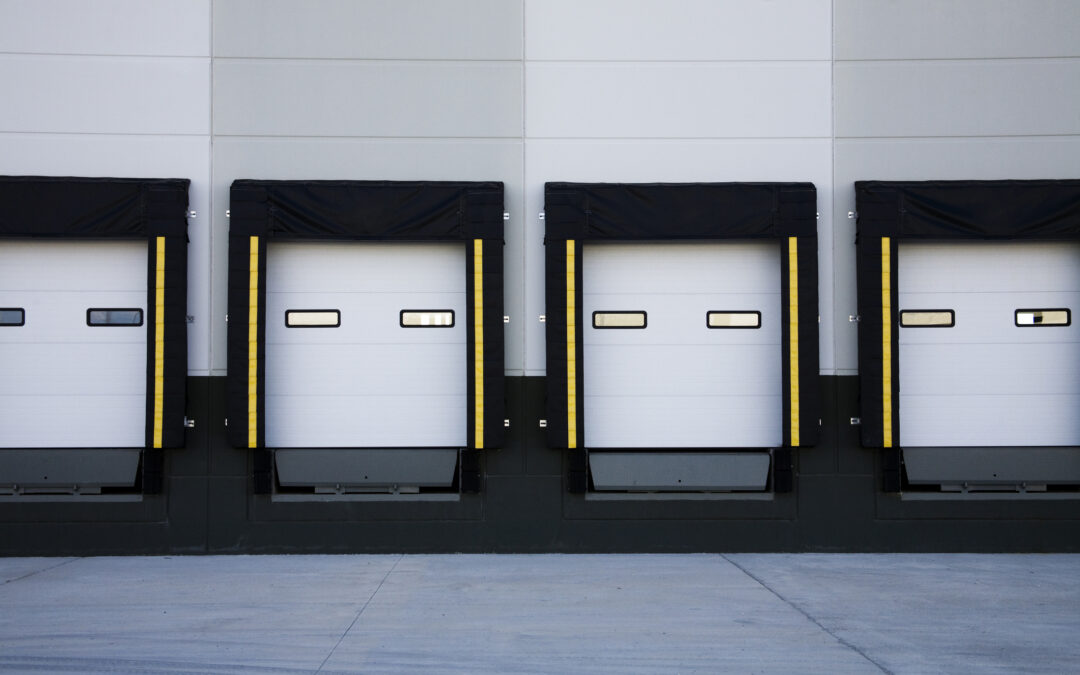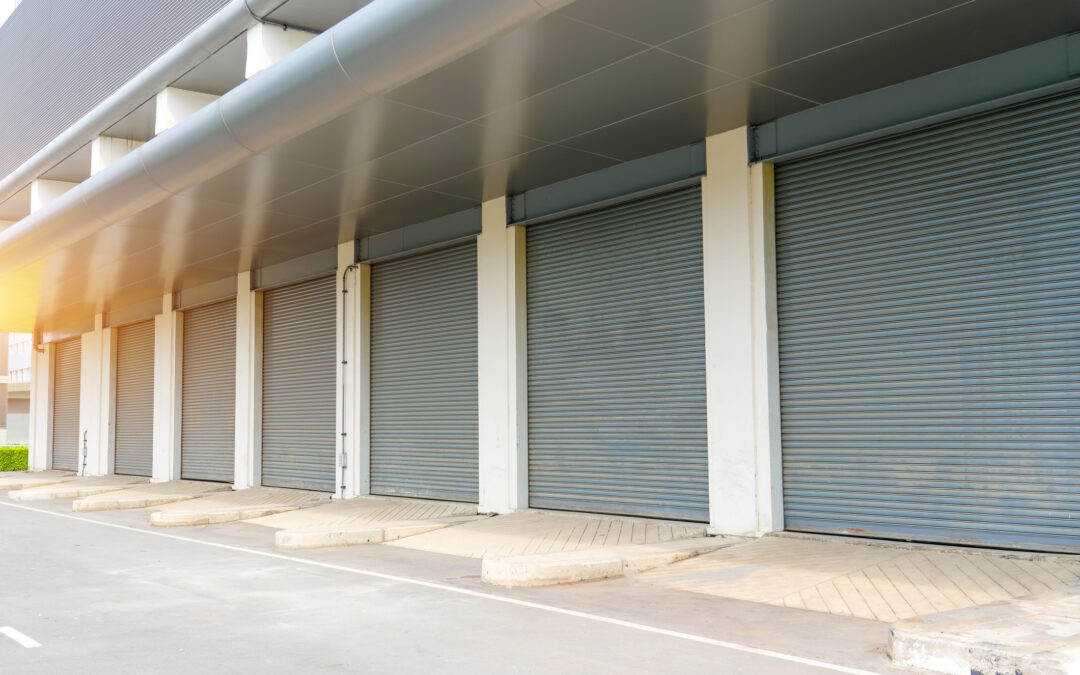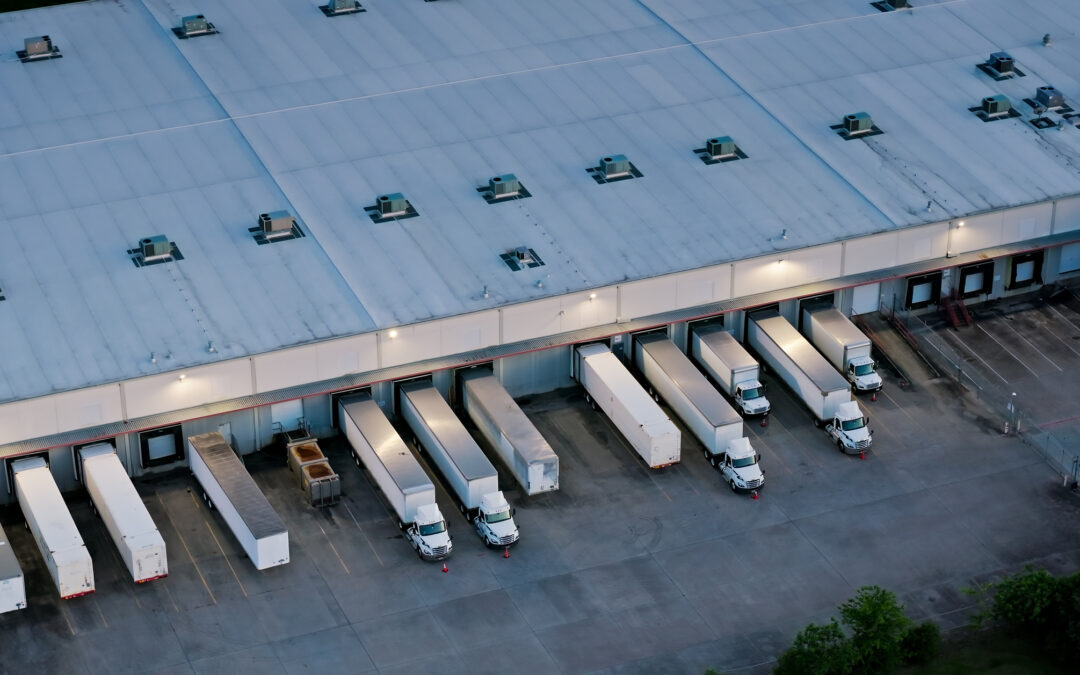Your loading dock is the heart of your business’s logistics, where goods flow in and out, often at a breakneck pace. The more efficient this process, the smoother your entire operation runs. Yet, if your loading dock efficiency isn’t up to par, it can lead to costly delays, safety issues, and unhappy customers. Here’s a breakdown of actionable strategies to boost your dock’s efficiency, keep your workflow smooth, and enhance safety.
4 Tips to Boost Loading Dock Efficiency Now
1. Streamline the Workflow by Optimizing the Flow of Goods
Creating a streamlined workflow at your loading dock is essential for maintaining speed and accuracy. A well-organized layout means fewer bottlenecks and better use of space. Start by evaluating your current workflow: Are there delays? Do workers frequently need to wait? If so, it might be time to reconfigure the layout for optimal loading dock efficiency. Simple adjustments, like dedicated zones for specific types of goods, can make a world of difference.
2. Upgrade Your Equipment
Old or inefficient equipment can severely hinder loading dock efficiency. Upgrading to modern, energy-efficient dock levelers, lighting, and vehicle restraints can drastically improve performance. Efficient equipment doesn’t just speed things up and reduce energy costs; it also enhances safety, reducing the risk of malfunctions that can lead to accidents or downtime.
3. Ensure Employees Are Well-Trained
Even the best equipment won’t be effective if your team isn’t trained to use it properly. Investing in regular training sessions ensures that every employee knows how to operate loading dock equipment safely and efficiently. This not only boosts speed but also reduces accidents. Well-trained staff members are the backbone of a highly efficient loading dock, keeping things moving smoothly without sacrificing safety.
4. Keep Equipment in Good Working Order with Regular Maintenance
Maintaining your loading dock equipment is crucial to keeping it running efficiently. Scheduled maintenance checks can prevent unexpected breakdowns that disrupt your workflow. Plus, regular maintenance extends the life of your equipment, helping you get the most out of your investment. If you’re noticing signs of wear, it might be time to schedule a loading dock maintenance inspection to keep things running smoothly.
Key Things to Consider…
Technological Solutions
Technology is transforming loading docks, making loading dock efficiency easier to achieve than ever. From automated vehicle restraints to dock management systems, technology can significantly improve accuracy and reduce human error. Automation can also handle repetitive tasks, allowing your team to focus on other crucial duties. Dock management software, for instance, can help streamline scheduling and track shipments in real-time.
Safety Measures
Safety is directly tied to loading dock efficiency. Accidents slow down operations and increase costs, which is why implementing strong safety protocols is essential. Safety measures, such as clear signage, protective barriers, and regular equipment checks, create a safer environment and prevent costly incidents. Proper lighting, barriers, and personal protective equipment (PPE) also play a big role in maintaining a safe and efficient loading dock. For more safety insights, check out our loading dock safety tips.
Ready to Boost Your Loading Dock Efficiency? Let’s Get Started!
Improving loading dock efficiency is an investment in your business’s overall productivity and success. From equipment upgrades to staff training and embracing technology, there are numerous ways to ensure your dock is running at peak efficiency.
If you’re ready to take your loading dock to the next level, we’re here to help. Contact us today to learn more about optimizing your loading dock with reliable solutions, products and services or to schedule a maintenance inspection.
A well-organized, efficient loading dock isn’t just a benefit—it’s a necessity for a thriving business. Don’t let inefficiencies hold you back. Improve your loading dock today with the help of our expert team!


